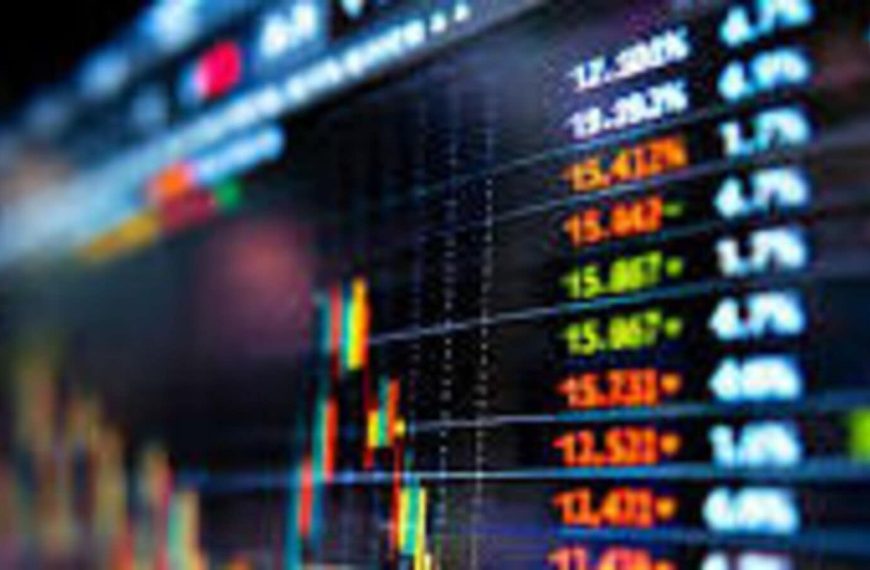As investor anxiety grows, various indicators of credit risk are reflecting a heightened sense of unease. Recent tariffs have caused credit-default swap indexes to experience their most significant surge since March 2023 in both the U.S. and European markets. According to Barclays Plc analysts, led by Corry Short, the landscape has shifted dramatically, with concerns about tariffs and potential stagflation weighing heavily on market sentiment.
Rising Credit-Default Swaps Highlight Investor Concerns
-
Investor Sentiment: At the beginning of 2025, many experts believed that economic growth would remain stable, inflation would decline, and market fundamentals for both supply and demand in the broadly syndicated loan (BSL) market would be strong. However, recent events have drastically changed this outlook.
- Tariff Impact: The recent tariff implementations have disrupted these predictions, leading to increased uncertainty and a reevaluation of risk among investors.
High-Yield Spreads Widen Amid Market Turmoil
Despite reaching their lowest levels since 2007 earlier this year, global high-yield spreads are now widening from these historical lows. This shift indicates a growing concern in the marketplace:
- Issuance Halted: Many debt issuances have come to a standstill as deals that were initiated before this downturn are now facing significant challenges.
- Bank Exposure: With the recent market rout, there is a rising concern that banks may find themselves unable to offload some of their debt holdings, potentially leading to further instability.
The combination of tariff uncertainty and fears of stagnation has left investors in a precarious position, prompting a reevaluation of strategies moving forward. As the economic landscape continues to evolve, staying informed and agile will be crucial for investors navigating this complex environment.










